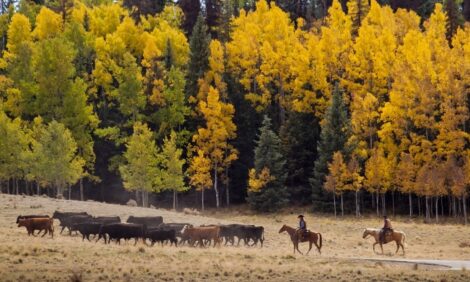



Dairy Farmers Welcome Milk Price Regulation
RWANDA - Dairy farmers have welcomed last week’s directive on milk price regulation by the Ministry of Trade and Industry. The farmers say the regulation would protect them from unscrupulous buyers.The directive by Trade Minister Vincent Munyeshyaka set Rwf200 as the minimum price that a farmer will get for a litre of milk at a milk collection centre.
The new price took effect last Tuesday.
A milk collection centre will be selling milk at Rwf220. Milk collection centres (MCCs) supplying milk to Inyange Industries, and Nyanza Dairy, will get the same price for milk once they have taken it to Savanna Dairy in Nyagatare, Mukamira Dairy in Nyabihu District, and Nyanza.
But, a farmer or a collection centre that will directly supply milk to Inyange Industries in Masaka, Kigali, will get Rwf240 per litre of milk.
The prices, according to a statement from the ministry, were agreed upon after consultations with various public institutions and representatives of dairy farmers from all provinces.
Speaking to The New Times last Thursday, the Chairman National Dairy Farmers’ Federation of Rwanda (NDFFR), Gahiga Gashumba said that the regulation in price was a welcome move as farmers have for years felt cheated.
For example, he said, a dairy farmer from Nyagatare District was getting Rwf170 per litre of milk at MCC, which was not enough compared to the investment.
As, a result, he said some farmers decided to quit dairy farming.
"With the new prices, the farmer is facilitated to buy feed for cows so that they can produce increased volume of milk," he said.
Nyagatare District based dairy farmers supply about 60,000 litres of milk to Inyange Industries Ltd, per day during the rainy season; but, the supply reduced to about 43,000 litres per day during dry spell that prolonged from December, [2017] until now, according to the acting chairman of Nyagatare Dairy Farmers’ Cooperative Union, and representative of 16 milk collection centres in Nyagatare District.
Mugisha told The New Times that the set milk price has motivated dairy farmers, stressing that the remaining challenge is access to animal feed.
Normally, a cow consumes fodder that is about a tenth of its weight. But, a kilogramme of supplementary animal feed, which is made from feed factories; is about Rwf260, and a cow needs about three kilogrammes per day so as to increase milk yield, Mugisha observed.
Across-breed cow produces about 15 litres of milk per day. But, Mugisha said that with enough feeding, the cow can provide about 20 litres per day. Lactation period for a cow is estimated at seven months.
Innocent Murangwa, the manager for Inyange Industries-Savannah Processing Plant in Nyagatare District told The New Times that the new price was set after discussions with various institutions and concerned players, and that it has been about one year since the price was being considered before implementation.
He said that the price is good for farmers, and has started yielding good result on the quantity of milk they supply to Inyange.
"I had between 30,000 and 35,000 litres of milk supply per day during dry season; but now it is about 42,500 litres per day thanks to this move," he said.
Inyange Industries-Savannah Processing Plant makes pasteurised milk (both fresh and fermented milk) for one-month shelf life; and processes about 10,000 litres per day. It supplies part of the milk it receives to mother company, Inyange Industries Ltd based in Masaka, Kigali.
But, what will happen during drought when milk produce drastically drops while it costs farmers a lot to get feed and water for their cows? Will they continue to get only Rwf200 a litre? For instance, Mr Murangwa said that from August to October, when there is drought, he receives about 3,000 litres per day at Inyange Savannah, while the milk quantity he receives during rainy season is about 50,000 litres.
Harmonising informal dairy market remains complex
However, Mr Gashumba said that this new set price concerns formal market, not the informal one, observing that the price in informal setting depends on location and the available demand.
Mr Gashumba said that infrastructure availability such as roads, and electricity can help address the issue of low prices in remote areas which lack such infrastructure, where milk price is as low as Rwf100 a litre.
"Milk is a business that should take place in two hours, he said. It (milk) should be taken in a cold room facility within two hours, if not, it is contaminated," he said.
Milk production in Rwanda increased from about 445,000 tonnes in 2013 to about 710,000 tonnes in 2017, as per figures from RAB.
TheCattleSite News Desk


